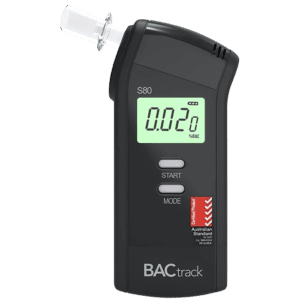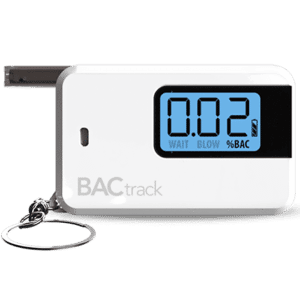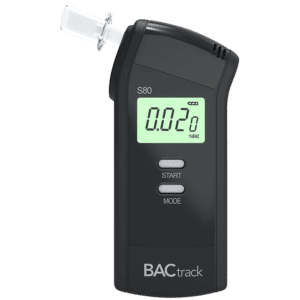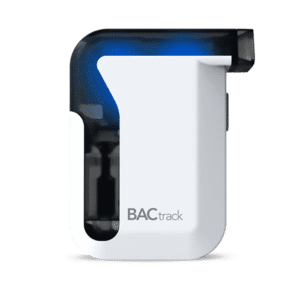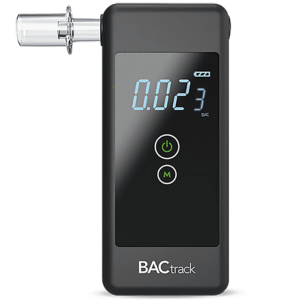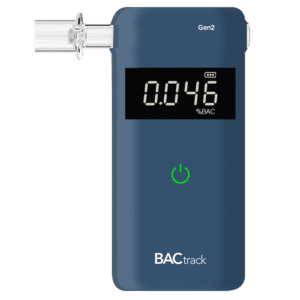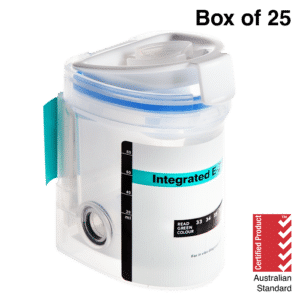AUDIT Alcohol Use: The Questions About Alcohol Consumption
12 December, 2023

The Alcohol Use Disorders Identification Test or AUDIT alcohol use is a screening tool to assess the drinking behaviour of a person. It helps healthcare professionals determine if an individual is a risk drinker or has harmful patterns of drinking. Accordingly, the AUDIT has ten alcohol screening questions. This mainly covers the frequency and intensity of consumption of alcohol. Additionally, it may include alcohol dependence and other alcohol-related harm assessments.
Alcohol is a widely consumed substance that is deeply ingrained in many cultures and social activities. While moderate amounts of alcohol can have some health benefits, harmful drinking or alcohol abuse can lead to a range of physical, mental, and social issues. Fortunately, there is an AUDIT questionnaire that helps individuals and healthcare professionals evaluate and address alcohol-related morbidity. This article will present about AUDIT, including the questions and its process.
What is an AUDIT Alcohol Use?
AUDIT alcohol use is a popular screening questionnaire. It is developed to gauge drinking levels, drinking history, and assessment of drinking consequences. Accordingly, it is commonly utilised by primary care practitioners to identify heavy drinkers or those who are at risk of developing alcohol-related problems. The AUDIT screening tool consists of ten questions that cover various aspects of alcohol issues.
The widespread use of the AUDIT as a testing tool can be attributed to several factors. Firstly, it has adequate study quality and is widely utilised in research and clinical settings. Therefore, it makes it a reliable and accurate tool for the assessment of alcohol consumption. Secondly, AUDIT is a time-effective screening tool. Thus, it is relatively quick and easy to administer.
Furthermore, the format of the questions and AUDIT score enable testers to interpret the results consistently and compare them across different populations. As a result, professionals can identify people who need alcohol intervention or address hazardous drinking. AUDIT helps in initiating conversations about alcoholic drinking and its potential impact.
Common Signs of Addiction
- Increase in tolerance: as a person develops an addiction to ethanol, their body becomes accustomed to its effects, causing them to need larger amounts of alcohol.
- Withdrawal symptoms: when someone tries to stop drinking, they may experience symptoms such as anxiety, irritability, and nausea.
- Loss of control: they often find it difficult to control their drinking behaviour. Hence, they may intend to drink more than they intend to.
- Preoccupation: people with addiction may spend a significant amount of time thinking about drinking or planning their next opportunity to consume alcohol.
- Neglecting responsibilities: the activity can lead to neglecting important duties at work, school, or home.

Questions in an AUDIT Alcohol Use
The AUDIT alcohol use is an approach to alcohol screening that consists of ten questions. This is to evaluate potential alcohol dependence, its risk levels, and other alcohol-related problems. Foremost, the first three questions of the AUDIT focus on the frequency and intensity of alcohol consumption. Hence, testers can gain insight into the drinking patterns of an individual.
Subsequently, the four to six questions delve into alcohol dependence symptoms and behaviours. They seek to assess the experience of guilt of an individual and the impact of consuming alcoholic drinks. Nevertheless, these questions aim to identify signs of alcohol dependency. This may include neglecting important obligations and the consumption of liquor despite adverse consequences.
Questions seven to ten address alcohol-related problems and harmful effects. Professionals may inquire about the memory blackout of a person, injuries, or accidents after drinking. Additionally, a practitioner may explore the attempts of the individual to reduce their drinking. By systematically addressing these ten questions, the AUDIT provides various dimensions of alcohol use.
How to Score the Testing?
Scoring the AUDIT involves assigning points to the responses of the individual to each of the ten questions. Each question carries a score ranging from 0 to 4. Once the conductor places a score, they will sum it up to obtain a total score, which can range from 0 to 40.
Additionally, a 0 to 7 score is low risk, 8 to 15 is risky drinking, 16 to 19 is harmful alcohol consumption, and 20 or more is an indication of dependent drinking. Nevertheless, scoring the AUDIT allows healthcare professionals to gauge the level of alcohol use and identify the potential risk factors.

The Process in an AUDIT Alcohol Use
When conducting the AUDIT alcohol use, the test administrator provides the individual with a copy of the questionnaire. Accordingly, they will explain how to respond to each question. Subsequently, the conductor will explicate the importance of honesty and accurate responses. The person will answer the questions through a written exam or a face-to-face interview.
Once the individual completes answering the questions, the conductor collects the responses and scores each question. Each question is assigned a score ranging from 0 to 4, depending on the responses. Then, the practitioner will sum up the scores to obtain the total score. This can fall anywhere between 0 to 40. After that, the administrator interprets the score based on scoring guidelines.
The scoring guidelines categorise individuals into different risk levels. This allows for a precise determination of the potential risks associated with their alcohol consumption patterns. Furthermore, the professionals use the total score to determine the appropriate level of intervention and support. Also, this may provide indications if a person needs a further assessment.
Implications of a Positive Result
A person with a positive AUDIT result has several implications. Scoring between 8 and 15 may indicate education and counselling intervention. This may involve discussing the negative consequences of alcohol use and providing information on safe drinking. Moreover, the practitioner may provide intensive support services if the score falls between 16 and 19.
For individuals scoring 20 or higher, this warrants a comprehensive assessment of the alcohol dependence of a person. The conductor may include referrals to addiction treatment programs and medical interventions. Also, the tester may conduct further testing using saliva, urine, blood, hair, or breath samples.
Conclusion
In summary, AUDIT alcohol use is an important tool to assess and evaluate the alcohol consumption and potential alcohol-related problems of a person. It involves a series of questions that help determine the frequency and quantity of alcohol intake. Accordingly, this may include any negative consequences or dependence symptoms. Conducting the AUDIT allows healthcare professionals to identify individuals who may be at risk for alcohol abuse or dependency and provide appropriate interventions.
In scoring AUDIT, the conductor assigns points to the responses of the individual. This may range from 0 to 4, and the total score can range from 0 to 40. A 0 to 7 is low risk, 8 to 15 is risky, 16 to 19 is harmful, and 20 or more is dependency. Finally, it is crucial to know the signs of addiction. This may include an increase in tolerance, withdrawal symptoms, and neglect of responsibilities.




















